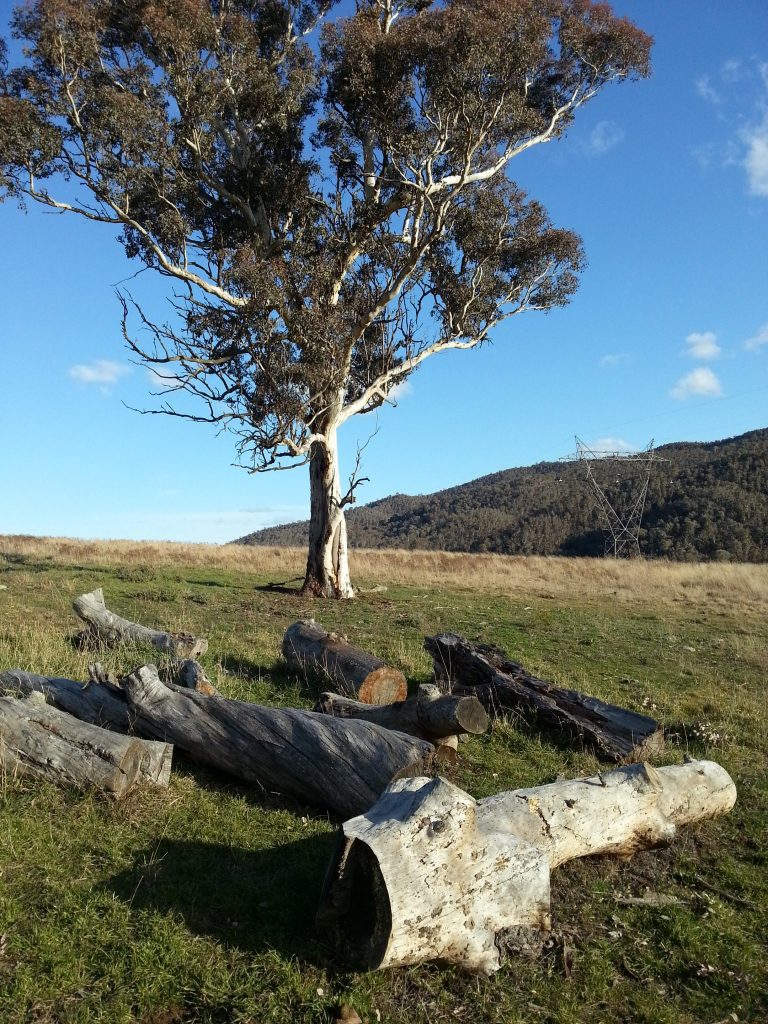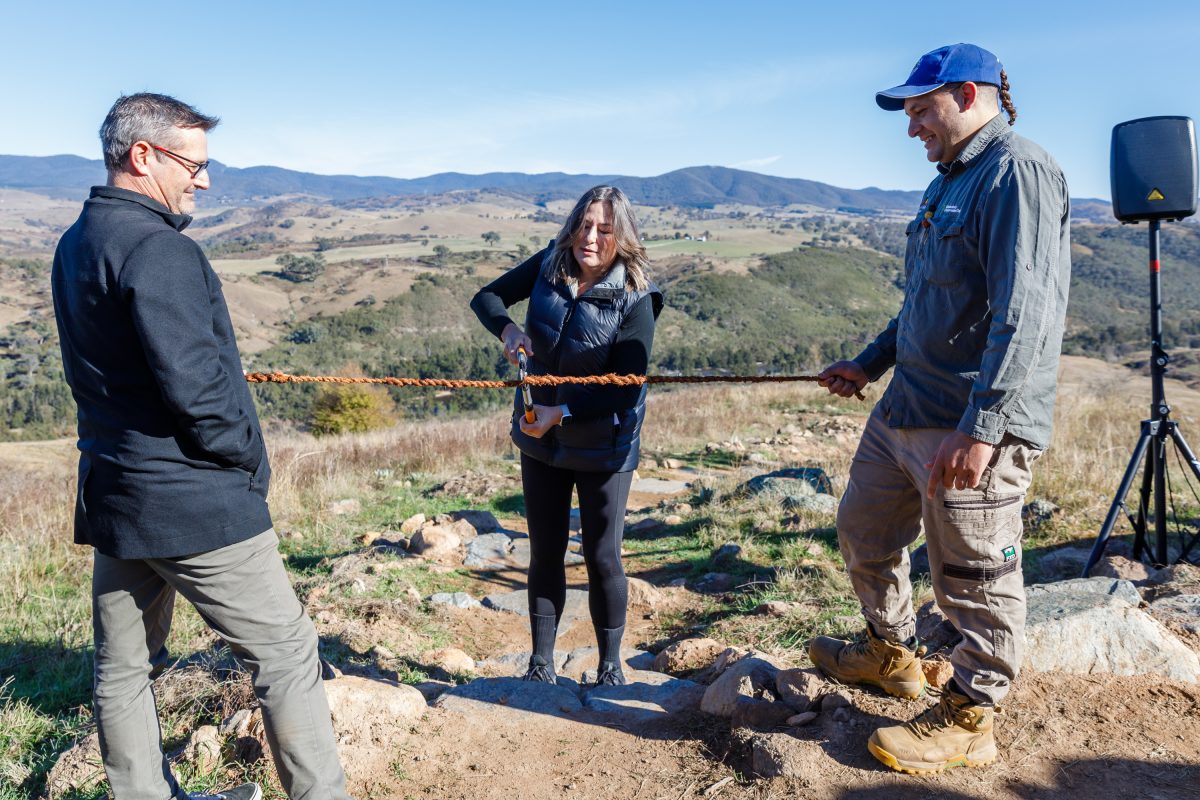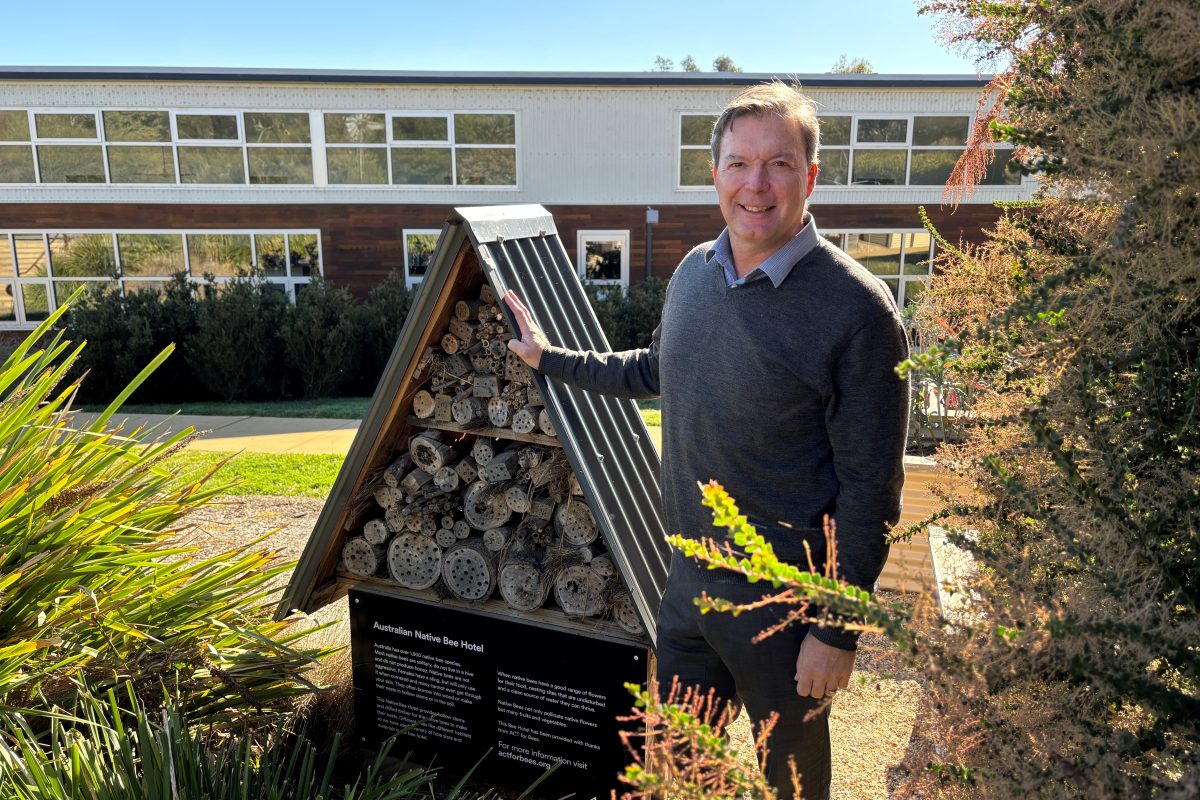Designing Urban Open Spaces
Ginninderry’s landscape architects, Cia Landscapes and Colour, and Group GSA have taken our research on mature trees and designed new open spaces for the public and our ecosystems. Different treatments have been proposed throughout Stage 1 that will not only preserve our existing trees, but provide new growth and in turn, help to ensure that these landscapes last for hundreds of years.
With the help of our partners at the Fenner School of Environment and Society at The Australian National University, we will be able to assess the effectiveness of these treatments over time.
Treatment 1: The Ol’ Canberra mow
This treatment is the ‘bog standard’ typical approach to keeping mature trees. Grass is planted under the tree and mown several times a year, while any hazardous branches are trimmed and those that fall are removed. Noxious weeds are often sprayed and there are no new plantings of native trees in the area.
Treatment 2: Mulching and mass planting
Firstly, each mature tree is mulched under its dripline (the area directly underneath the tree – like the area under an open umbrella). The mulched area is then surrounded by shrub plantings and smaller groundcovers, creating new habitats for small birds. New Eucalyptus seedlings are planted to (eventually!) become the next cohort of mature trees.
Fallen branches are left in place, and new logs introduced to provide habitat for insects, lizards and birds. These logs also create great places to sit and to play.
Treatment 3: Restoring our native grasslands
The purpose of this treatment is to restore the critically endangered Box Gum Grassy Woodland. This involves planting native grasses and wildflowers within the urban open space. Shrubs are also planted to provide habitats for small birds, and new Eucalyptus seedlings introduced to one day, replace mature tree on the site. Fallen branches from the trees are also left and new logs introduced to create woody habitats.

If you would like to see what types of native grasses and wildflowers we intend to plant, come out to the Link Building and see our collection of watercolours by Sharon Fields currently on loan from Greening Australia.
By conducting this research, we hope to provide a better method for protecting and restoring mature trees in urban developments. We hope to show that these treatments also cost less to maintain, provide a much better diversity of birds, insects and other animals and become spaces which are adopted by the community for recreation, education and research.



